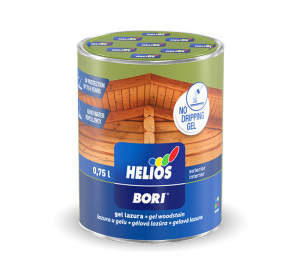Finally steps in escort aptamer thinking involve artificial variations of truncated aptamer
Further nuclease stabilization is achieved by substitution of 2?-OCHstep three for 2?-OH at purine positions. As the 2?-OCH3 moiety is not compatible with current SELEX process enzymes, this alteration must occur during chemical synthesis following evolution of a specific aptamer sequence. Generally, most of the 2?-OH purines can be substituted without loss of binding activity. At some locations, purines cannot be substituted without loss of affinity. In addition to protection against endonucleases, it is useful to protect against 3? exonuclease activity. Therefore the 3? nucleotide is inverted to form a new 5?-OH, with a 3?-3? linkage to the penultimate base. Finally, synthesis incorporates nucleophilic amines or thiols, lending flexibility for attachment of the escorted species or other desirable modifications.
1 c. It is a bulk-reduced oligonucleotide that exits new SELEX process that will be truncated, then protected against nucleases, and you may conjugated to its payload. Continue reading


